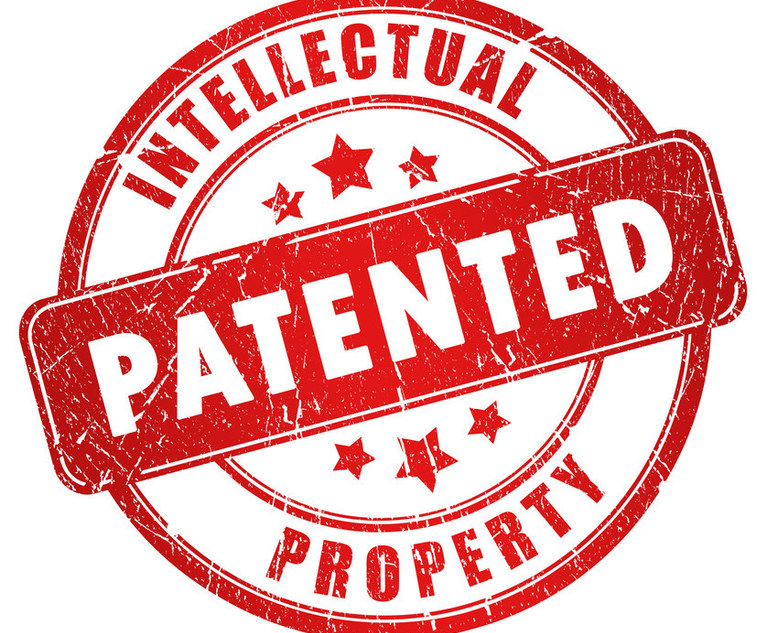This article appeared in The Intellectual Property Strategist, an ALM/Law Journal Newsletters publication that provides a practical source of both business and litigation tactics in the fast-changing area of intellectual property law, including litigating IP rights, patent damages, venue and infringement issues, inter partes review, trademarks on social media – and more.
Everyone knows that you interpret a patent’s claims in light of the patent’s specification and prosecution history. However, absent an express disclaimer or special definition of how a term is to be interpreted, it can be frustrating to get a court to reject the plain and ordinary meaning of claim language read in a vacuum, based on the subtleties of how a term is used in a patent or its prosecution history. The technology of patent examples can be complicated. The reasoning of why an amendment was made to overcome art can be elusive. Many courts would much rather look at a dictionary or textbook definition. The more nuanced analysis is often quite complex from either a scientific or patent prosecution context.









